When it comes to managing website content in 2025, businesses face a crucial choice: go with a traditional CMS like WordPress or Drupal, or embrace the flexibility of a headless CMS. Both have their advantages, but which one is better for modern websites? In this blog, we’ll break down the differences, benefits, and use cases to help you make the right decision.
What is a Traditional CMS?
A traditional CMS (Content Management System) is an all-in-one solution where content creation, storage, and presentation are bundled together. Examples include WordPress, Joomla, and Drupal.
How it works:
- Content is created and stored in a database.
- Themes and templates control how the content appears.
- Backend and frontend are tightly linked.
Pros:
- User-friendly interfaces.
- Quick setup and deployment.
- Large plugin and theme ecosystems.
Cons:
- Limited flexibility for multi-platform use.
- Performance can slow with heavy customization.
- Security risks due to plugin vulnerabilities.
What is a Headless CMS?
A headless CMS decouples the backend (content management) from the frontend (presentation layer). Instead of controlling how content looks, it delivers data through APIs, giving developers freedom to design any front-end experience.
How it works:
- Content is stored centrally in the CMS.
- APIs deliver content to websites, apps, or devices.
- Developers choose any frontend framework (React, Vue, Angular, etc.).
Pros:
- Flexible content delivery across platforms (web, mobile, IoT).
- High scalability and performance.
- Developer freedom for custom designs.
Cons:
- Requires more technical expertise.
- Longer setup compared to traditional CMS.
- Fewer pre-built themes.
Key Differences Between Headless and Traditional CMS
| Feature | Traditional CMS | Headless CMS |
|---|---|---|
| Content & Presentation | Tightly integrated | Decoupled via APIs |
| Flexibility | Limited to templates/themes | Unlimited frontend options |
| Performance | Can be slower with heavy plugins | Optimized for speed and scalability |
| Multi-Platform Delivery | Primarily websites | Web, mobile, IoT, and more |
| Ease of Use | Beginner-friendly | Developer-oriented |
Benefits of Traditional CMS for Modern Websites
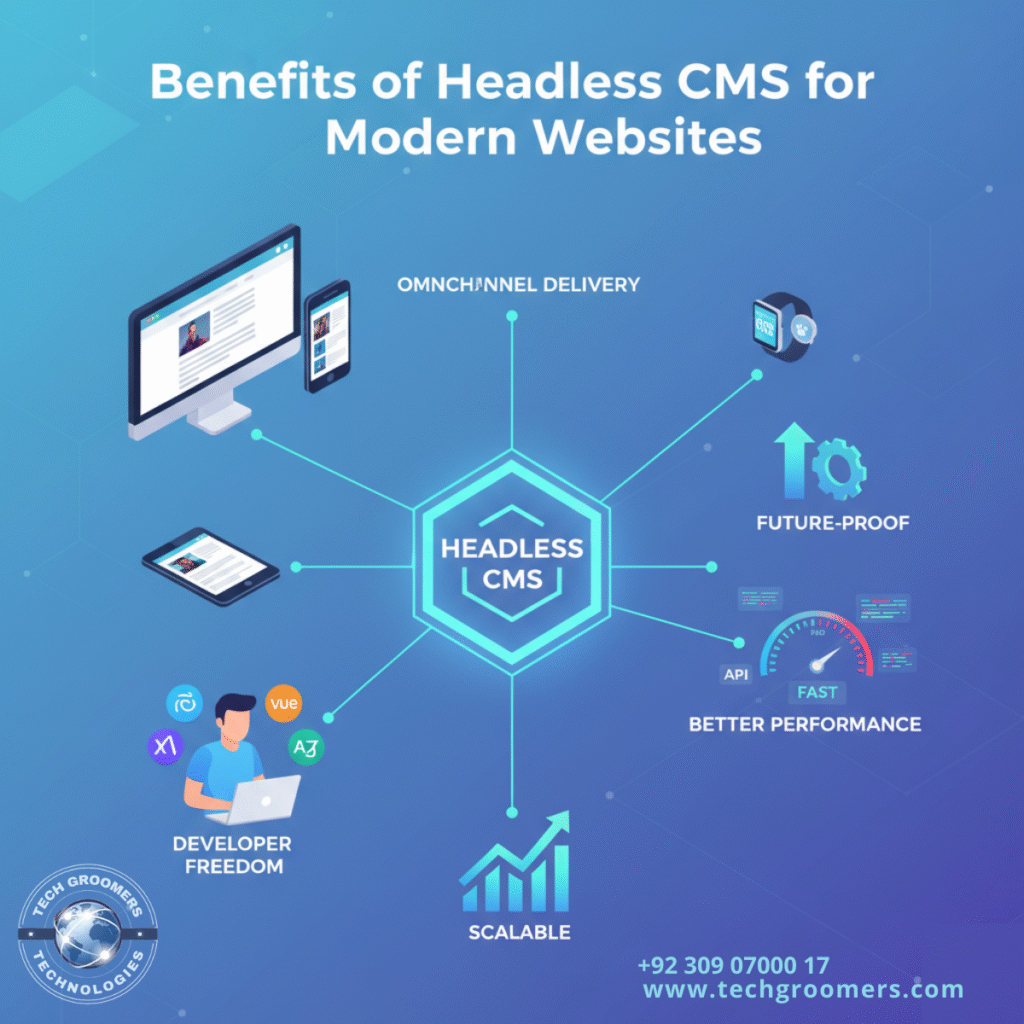
- Quick Launch: Perfect for small businesses wanting fast deployment.
- Low Learning Curve: Non-technical users can easily manage content.
- Cost-Effective: Many free plugins and themes available.
- Community Support: Large user base for troubleshooting.
Benefits of Headless CMS for Modern Websites
- Omnichannel Delivery: Push content seamlessly to web, apps, and devices.
- Future-Proof: Easily integrates with emerging technologies.
- Better Performance: Faster load times thanks to API-driven architecture.
- Scalable: Handles high traffic and multiple content endpoints.
- Developer Freedom: Use modern frameworks for custom experiences.
Which One Should You Choose?
- Choose Traditional CMS if:
- You run a blog, small business website, or basic eCommerce store.
- You want an easy-to-use system with minimal technical setup.
- You rely heavily on plugins and pre-built themes.
- Choose Headless CMS if:
- You need content across multiple platforms.
- Your website requires high scalability and speed.
- You want modern frontend frameworks for a unique design.
- You’re targeting long-term growth with future-ready solutions.
Comparison Table: Headless CMS vs Traditional CMS
| Use Case | Best Choice | Reason |
|---|---|---|
| Small business websites | Traditional CMS | Easy to set up, manage, and launch quickly. |
| Multi-platform delivery | Headless CMS | Flexible API-based content distribution. |
| Enterprise applications | Headless CMS | Scalable, secure, and customizable. |
| Personal blogs | Traditional CMS | Beginner-friendly with pre-built templates. |
| Cutting-edge web apps | Headless CMS | Works with React, Vue, Angular for innovation. |
Final Thoughts
In the debate of headless CMS vs traditional CMS, the right choice depends on your project goals. If you want simplicity and speed, traditional systems are still powerful. But if you’re building for scalability, flexibility, and multi-platform experiences, headless CMS is the future.
👉 Which approach suits your next project? Consider your business needs, technical resources, and long-term growth strategy before making the decision.
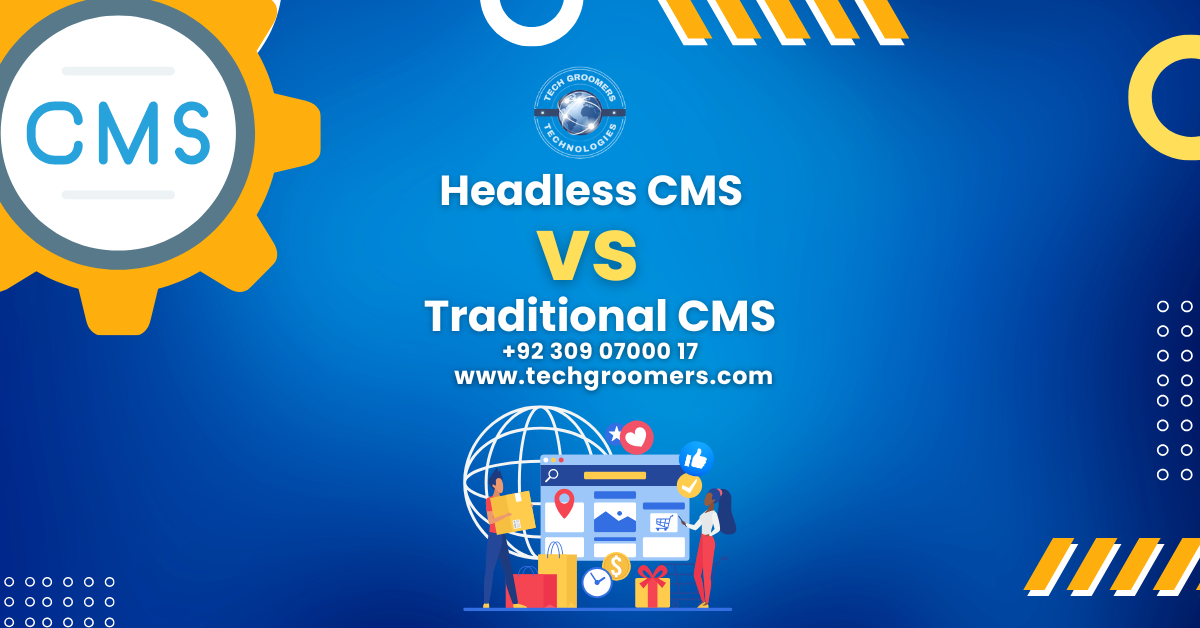
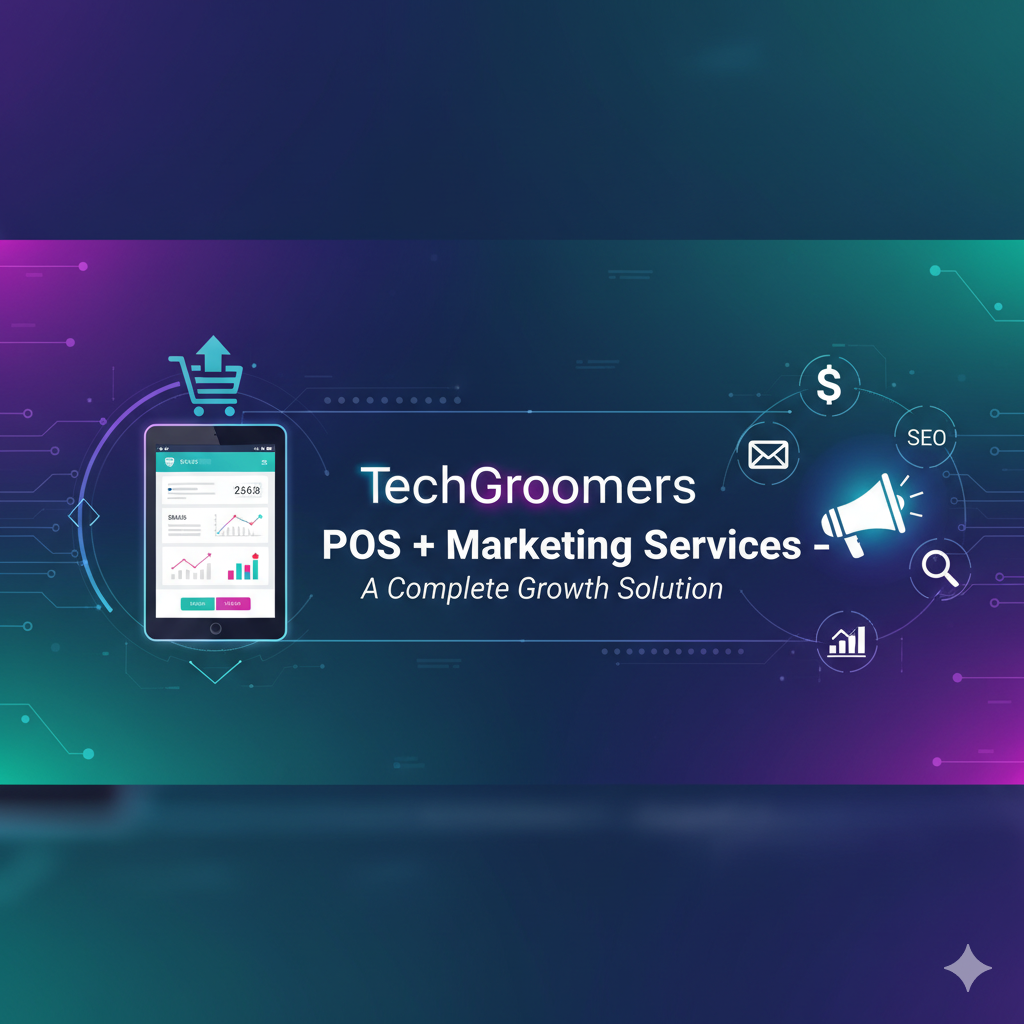
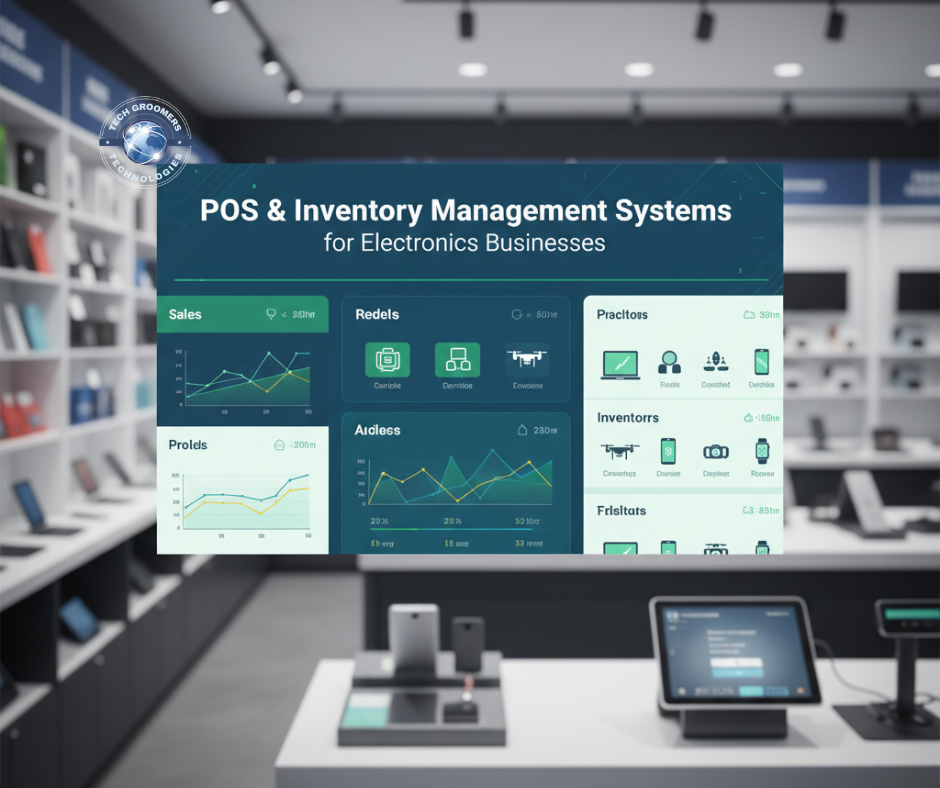
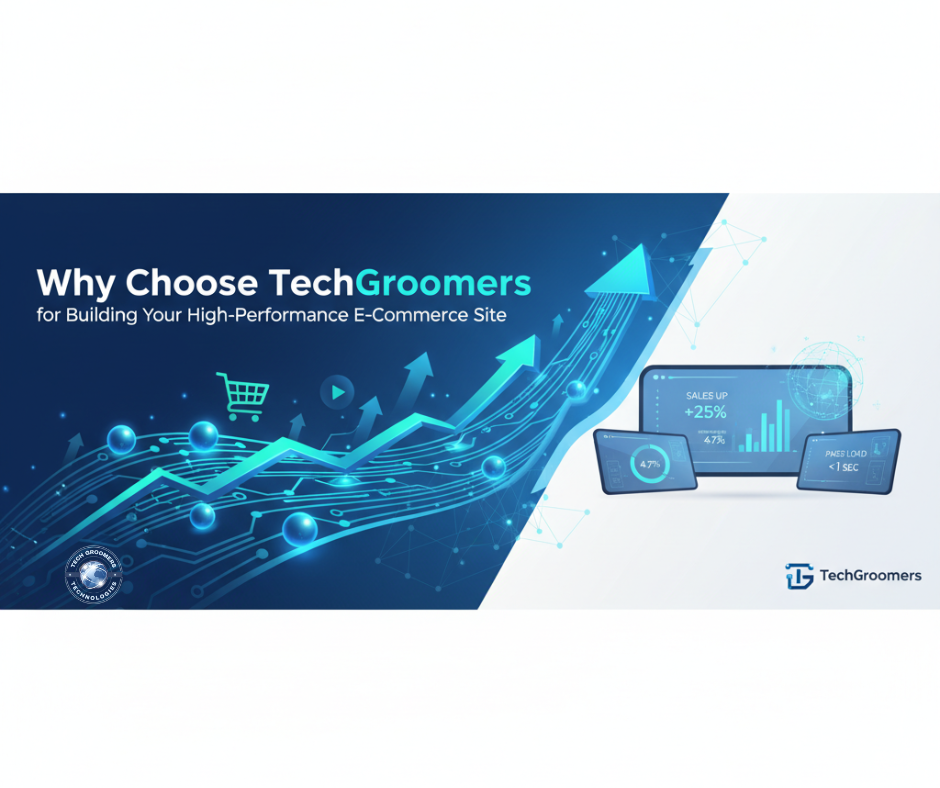
Leave a Reply